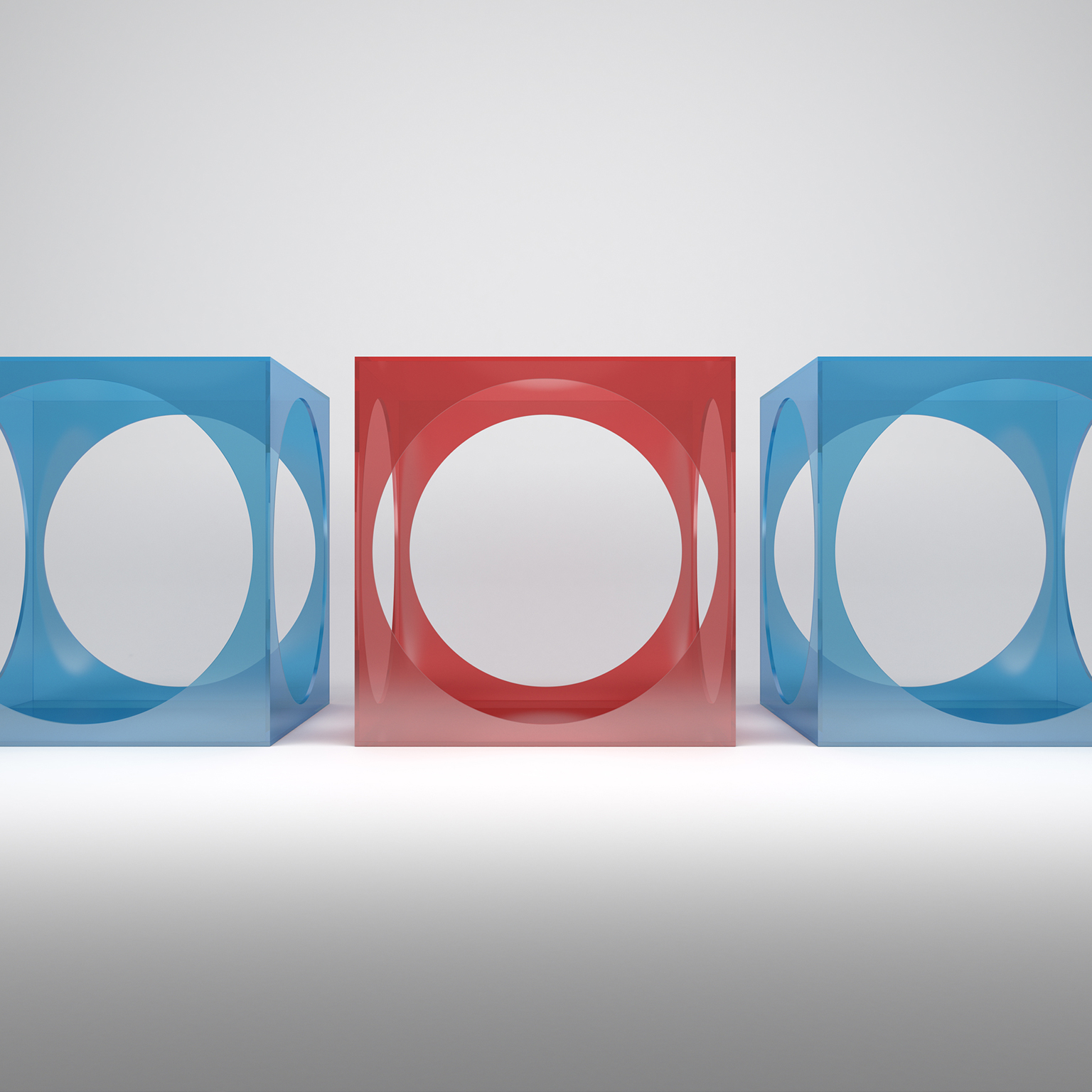Marketing is integral to any brand. Both products and services require marketing of some form. Their end goal is to reach as many consumers as possible to generate profit for their brand or company. Today we have 3D models design, VR, Animation etc., but marketing goods is centuries old. Its beginning could be with the hawkers yelling and announcing their products from door to door to door, which allowed them to reach as many consumers as possible.

Over the years, with the development of technology, new marketing strategies and methods also developed. Newspapers brought a boom of mass advertising that only snowballed after the advent of radio and television. Brands understood how integral marketing and advertising their products were, and to this end, the advertising agency came into existence.
The advertising agency began as a small group of people dedicated to marketing products across mediums. What was once a group of people soon turned into a full-fledged agency with a lot more creative workforce. Over the years, even advertising agencies diversified into specific agencies for each type of marketing. They all had one thing in common – entice customers to buy their client’s products and services. With the various media platforms available today, agencies have expanded to provide marketing options on all these platforms; it could be the annoying pop-ups or the small bar on a website that hides content.
All these advertisements came from the marketing department. With the leaps and bounds made in this field, a new marketing trend had emerged: the simulated experience. Brands want to create a forum where their customers can virtually try out their products or services before buying them. This technique not only increases customer confidence but also motivates them to make the purchase. One unique and awe-inspiring development in this field is the 3D model’s design and rendering and Virtual Reality simulators.
3D MARKETING
Those wanting to take their marketing to the next level should consider 3D modelling for their products. Originally, this method was famous in architecture, construction, and media-related promotions. But today, the 3D simulator can give the consumer an almost real-life experience of what they are committing to buy.
3D models design creates a mathematical and accurate representation of the surface of any object. In essence, this means that a 3D model represents an inanimate or animate object and visualises its every aspect in detail. While this method was in use for various purposes, today it finds extensive use in marketing. Many marketing and advertising agencies cater, especially to 3D models design. They offer services like:
360 Modelling
360 modelling services refer to creating an exact small-scale 3D representation of the client’s product. This model helps both the company and the consumer to understand all angles of the product. This product could be an end-use consumer good like gadgets, house and bathroom fittings, or it could also be a representation of the interiors and exterior of a building or room. A 360 model represents the product entirely and gives the viewer a complete and in-depth understanding of the product.
3D Rendering
3D rendering converts a 3D image into a 2D format. While the model explains the product, the rendering converts the 3D model to be printed or reproduced on a flat surface. This technique requires specific rendering methods like wire-frame rendering, ray tracing, radiosity etc.
Virtual Reality Simulation
Virtual Reality or VR is a user-interface that immerses the individual in a 3D visualised surrounding. It requires a VR glass that simulates the feeling of being in another world, as they can only see whatever plays on the glasses. VR immerses a person in a brand-new 3D world, and the creation of this surrounding and converting it into VR compatible formats is a service these companies offer. VR can help brands that are into gaming, social media or any other interactive digital platform.
Leave a Reply